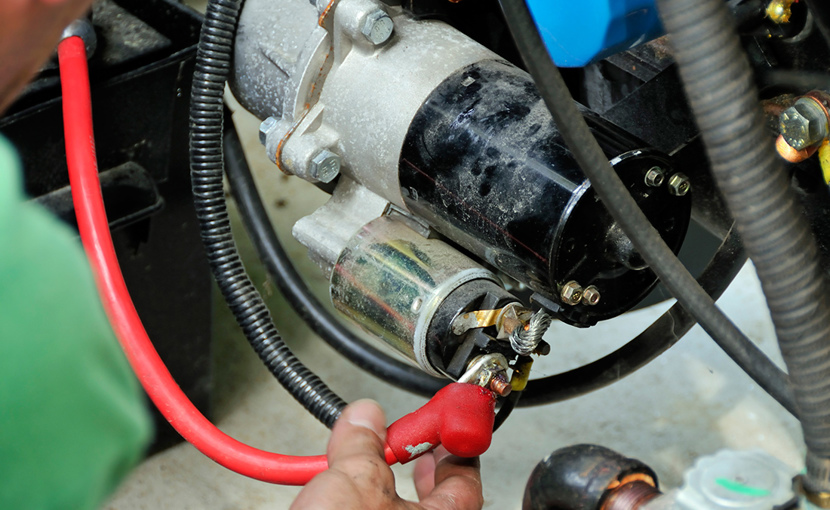To work in Alberta, an electric motor systems technician must be ONE of the following:
- A registered apprentice
- An Alberta-certified journeyperson
- Someone who holds a recognized related trade certificate
- Someone who works for an employer who is satisfied that the worker has the skills and knowledge expected of certified journeyperson
- Self-employed
To register with Alberta Apprenticeship and Industry Training, apprentices must find a suitable employer who is willing to hire and train them. They must also meet ONE of the following:
- Have an Alberta high school transcript with at least English Language Arts 20-2, Math 20-3, and Science 10, or equivalent
- Have a pass mark in all 5 Canadian General Educational Development (GED) tests
- Pass an entrance exam
The term of apprenticeship is 4 years (four 12-month periods) that include a minimum of 1,560 hours of on-the-job training and 8 weeks of classroom instruction each year.
High school students can earn credits toward apprenticeship training and a high school diploma at the same time through the Registered Apprenticeship Program (RAP). Applicants who have related training or work experience may be eligible for admission, credit, or certification. Credits may reduce the period of apprenticeship.
Electric motor systems technician apprentices may take the interprovincial exam in the final period of their apprenticeship training to earn a Red Seal (certification recognized in most parts of Canada).
Classroom instruction is arranged by Alberta Apprenticeship and Industry Training. For more information, see the Apprenticeship Training Catalogue.
To expand or narrow your search for programs related to this occupation, visit Post-Secondary Programs.


